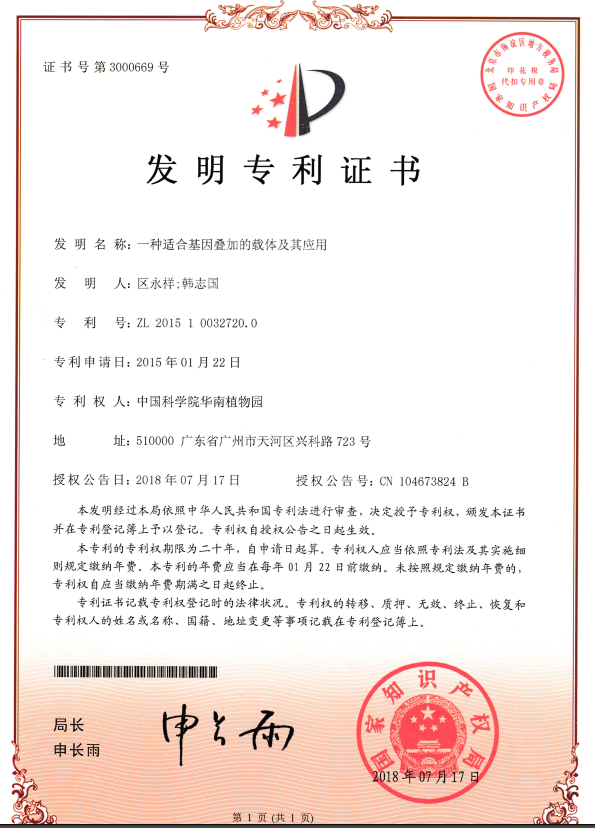Conventionally, transgenic traits are introduced into transformable varieties before introgressing them out to field cultivars. However, for diploids and diploid-like allopolyploid plants, the ‘n’ number of unlinked transgenic loci can be assorted as homozygous into a single genome at a probability of (1/4)n. However, along with the ‘x’ number of other nontransgenic traits that breeders need to assemble into the same genome, the very low probability of (1/4)n+x makes line conversion difficult. For example, over 1,000,000 plants are needed for the co-assortment 7 elite traits plus 3 transgenic loci. To minimize the number of segregating transgenic loci, there are some available approaches. To minimize the number of segregating transgenic loci, the option of in vitro stacking prior to its introduction into the plant genome would mean the re-engineering and re-deregulating of previously introduced traits each time a new trait is introduced. The option of bypassing introgression by directly transforming field cultivars is also not practical as most field cultivars are difficult to transform. Moreover, each region-specific cultivar derived from individual transformation is regarded as an independent event and requires individual de-regulation. The available methods have a lot of limitations, therefore a more efficient method is required to speed up the development of transgenic cultivars.
Considering those obstacles for breeding and to maintain the number of segregating loci to a minimum, Dr. David Ow’s group had established an open-source system in China, in planta recombinase-mediated gene stacking that can integrate a new DNA near the already existed transgenes (HOU et al., 2016 Molecular Plant 7:1756-1765). After that, the system was tried to apply in rice with the funding support from Chinese Ministry of Agriculture Grant (2010ZX08010-001) and The Key Project of Chinese Academy of Science (KSZD-EW-Z-013). Finally, Dr. David Ow and Dr. HAN Zhiguo (a former member in Dr. OW’s lab) had established the target lines in Japonica rice for the gene stacking method. The related patent was filed in 2015 and granted in late 2018
The patent is mainly about establishing the target lines of Japonica rice with the target sites, consisting of either an attP or an attB sequence, to allow the integration of a new gene through Bxb1 integrase catalyzed site-specific recombination. This patent claims that 1) the vectors used for target line development, 2) candidate target lines for later-on gene integrations, 3) 7 target sites in rice genome that are suitable for new gene insertions. The effectiveness of these target lines for gene stacking was not described in the patent, but it has been confirmed by Dr. LI Ruyu in David Ow’s group, recently (unpublished). Within these target sites, the new genes can be correctly integrated, the insertion of new genes does not affect the expressions of the other genes in rice, the newly inserted genes have relatively high expression, etc.
The granted patent laid part of foundation for the future gene stacking service in rice. Currently, Dr. David Ow’s group are also applying the gene stacking system to soybean and cotton with the support of National Key Technologies R&D Program from Ministry of Science and Technology of the People’s Republic of China (2016YFD010904). Hopefully, this gene stacking system can be used in various crops and a great service platform with the intellectual property of our own country can be established for plant breeding.

Fig.1 Invention patent certificate (Patent No.,ZL 2015 1 0032720.0)



